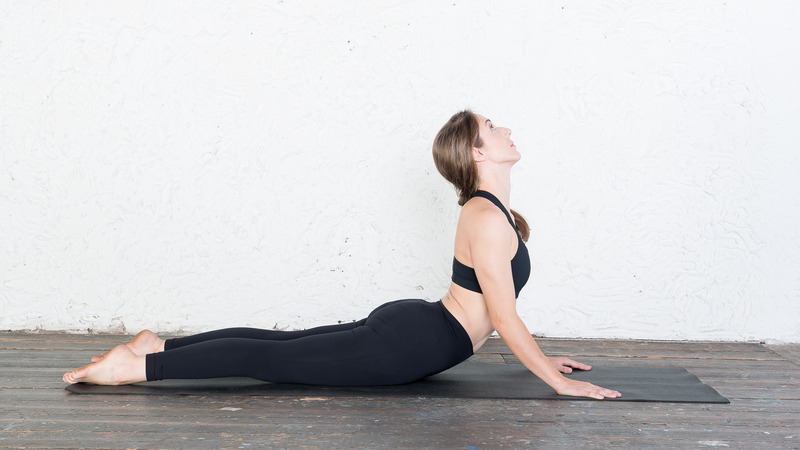HEART CHAKRA (ANAHATA) (GREEN & 639 Hz)
HEART CHAKRA (ANAHATA) (GREEN & 639 Hz)
Our body is a complex structure with layers of physical, astral, and spiritual bodies. The astral or energy body is a complex system governed by energy centers known as chakras. Anahata Chakra, also called Heart Chakra, is the fourth energy center out of the seven chakras. This chakra is an essential component of our overall well-being, as it helps us to balance our emotions, cultivate a deeper sense of self-awareness, and build meaningful relationships with others.
In this complete chakra guide, we will explore the defining characteristics of the fourth energy center, as well as important signs and symptoms of a blockage in the system. We will also explain Heart Chakra healing in depth and how to unblock and open it with powerful yogic tools like yoga poses, chakra meditation, and positive affirmations.
WHAT IS THE HEART CHAKRA?
Among the seven primary energy centers that exist within the human body, the Heart Chakra - also known as Anahata - is the fourth and often considered the most crucial.
It is the bridge between the lower and upper chakras, balancing the material and spiritual worlds and facilitating our emotional and physical well-being. Pure love opens the fourth chakra, allowing us to receive and give love unconditionally.
WHAT IS THE MEANING OF ANAHATA CHAKRA?
In Sanskrit, anahata means “unstruck” and it describes the Heart Chakra perfectly. Balancing the energy of this chakra enables us to tap into the power of anahata and experience love in its purest form without any attachment or expectation. Therefore, we become "unstruck" from negative emotions, past traumas, and limiting beliefs that may be holding us back.
In this state of openness and vulnerability, we can develop deeper connections with ourselves and others, resulting in more fulfilling relationships and a greater sense of self.
WHERE IS THE HEART CHAKRA LOCATED?
The chakras are the seven energy centers located along our spine in the subtle, astral body. The Heart Chakra is located in the center of our chest, close to our physical heart.
WHAT IS THE HEART CHAKRA RESPONSIBLE FOR?
This chakra is responsible for the storage and distribution of Prana prana, the life force energy that flows through our bodies, and for maintaining the air element in our system.
Located in the center of our chest, close to our physical heart, the Heart Chakra is closely connected with the heart, lungs, and the thymus gland, regulating the flow of energy in this area of the body.
CHARACTERISTICS OF THE HEART CHAKRA
- Symbol:
Chakras are spheres in shape but generally they are drawn in artistic vision, which symbolizes their characteristics. The Heart Chakra symbol consists of 12 petals, which symbolize the 12 sounds that can come from the rotation of the chakra Green color, the reflection of a combination of fire from below and sky from above Two triangles representing the dualities of like and dislike Seed mantra Yam in the center.
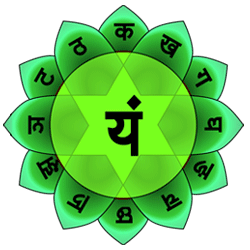
- Element:
The element of the fourth chakra is air or Vayu. We get air from the atmosphere when we breathe. If we don’t refresh the air element regularly, we feel fatigued, extremely low, and disconnected from our emotions and creative spirit. The air element is also associated with our emotional balance and sense of joy in life. So, when we refresh the element, our creativity and emotions are in harmony.
- Color:
The air element surrounds the Heart Chakra. The element has no color of its own, but the blue color of the space element from above and the yellow of the fire element below reflect on it, creating the green color. This is why the Heart Chakra color is green. The green color of the Anahata Chakra is associated with nature and tenderness. It also suggests stability and represents growth and renewed, healthy relationships.
- Prana (Energy):
The prana associated with the Heart Chakra is ‘Prana’. Known as the prana of life, it is the energy that we receive from the air we breathe. This prana is essential for the healthy functioning of the heart, which is key to our ability to stay alive and thrive.
- Primary Emotions:
The Heart Chakra is associated with the primary emotions of unconditional love and attachment. When this energy center is in balance, we experience unconditional love in its purest form. This is the kind of love that we feel for every being equally and without any condition, regardless of our relationship with them or their species.
On the other hand, attachment is a conditional emotion. It is the act of giving someone or something more value than they actually have. We tend to get attached to people, things, and even certain habits, like the way we dress and the foods we eat.
When the Anahata Chakra is imbalanced, we may experience unhealthy attachment or detachment, and the opposite occurs when this energy center is open and aligned.
WHAT HAPPENS WHEN THE HEART CHAKRA IS BALANCED AND ACTIVATED?
When the fourth energy center is rotating at its optimum speed and the air element is refreshing regularly, we say it is in balance. A balanced and activated Anahata Chakra can manifest as inner peace, compassion, and emotional balance. Some of the most common open Heart Chakra symptoms include:
Feeling unconditional love and respect for others
Having healthy relationships with no attachments or addictions
Experiencing peace and joy within, regardless of external conditions
Forming deep and meaningful connections with others effortlessly
Trusting others and feeling comfortable with vulnerability
Feeling content and at ease with oneself
The Anahata Chakra is also connected to the heart, lungs, and the thymus gland in the physical body. Therefore, a balanced fourth chakra maintains the healthy functioning of these vital organs and glands.
WHAT HAPPENS WHEN THE HEART CHAKRA IS BLOCKED?
When the energy flow in the fourth chakra is disrupted or imbalanced, it can lead to feelings of loneliness, isolation, and an inability to connect with oneself and others. People may find it difficult to trust or share their feelings with others. If you are experiencing any of the following symptoms, it may indicate that your Heart Chakra requires rebalancing and healing:
Fear of rejection
Lack of trust in a committed relationship
Issues with giving and receiving affection
Over-dependency in a relationship
Distant behavior with people who care for you
Tough and unemotional appearance while feeling vulnerable
Physical symptoms such as heart palpitation, poor blood circulation, heart pain, angina, or even problems like asthma.
HOW TO UNBLOCK & OPEN THE HEART CHAKRA
Heart Chakra healing brings an abundance of empathy, compassion, and love. This applies not only to others but also to oneself. A balanced chakra allows you to be who you are instead of attempting to live up to external expectation. Here are the top yogic techniques to unblock and heal your Anahata Chakra.
Chakra meditation can open the heart and restore proper energy flow to the blocked energy centre. Meditation is a deeply personal practice that clears the path to experience peace within. Incorporating Sanskrit mantras can enhance your practice, while the Vayu Mudra for the Heart Chakra balances the air element in the body.
The Heart Chakra mantra is YAM (pronounced Yan-gm). Chanting this mantra heals both the physical and the spiritual heart centre. It also makes a person more open to experiencing unconditional love and compassion.
To chant this mantra, sit cross-legged and take some easy breaths. Focus on your fourth energy centre and start chanting YAM. Feel the vibrations in the chest and visualize the chakra vibrating with the sound. The vibrations of chanting the mantra Yam produce a flow of positive feelings, bringing balance to your emotional state and well-being.
- Affirmations:
Affirmations can help increase the positive energy associated with the fourth energy centre. Some examples of positive Heart Chakra affirmations include:
I deeply and completely love and accept myself.
I am wanted and loved.
My heart is open to giving love.
I forgive myself.
I live in a state of grace and gratefulness.
I value love above attachment.
I am worthy of love.
I love all beings equally.
I am in harmony with myself and others.
HEART CHAKRA YOGA POSES THAT STIMULATE HEART CHAKRA ENERGY
Pranayama Breathing Exercises:
The fourth chakra element is air, making pranayama and breathing exercises a gateway to opening this energy centre. One of the most beneficial breathwork techniques that not only balances the right and left brain hemispheres but also the Anahata Chakra is Anulom Vilom. Practicing Anulom Vilom brings calmness to both body and mind.
Heart Chakra Yoga Poses:
Yoga asanas, or postures, can help open and balance the Anahata Chakra by boosting circulation, reducing tension, and fostering relaxation in the body. Below, we break down the best yoga poses to stimulate the heart center and bring balance to the energy system. To see results, be sure to practice these poses regularly and incorporate them into a balanced and comfortable practice.
- Camel Pose (Ustrasana):
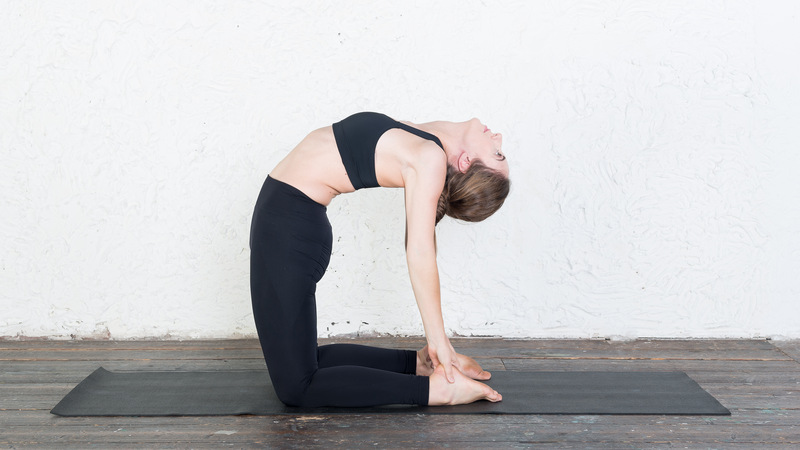
- Half Bridge Pose (Ardha Setu Bandhasana):
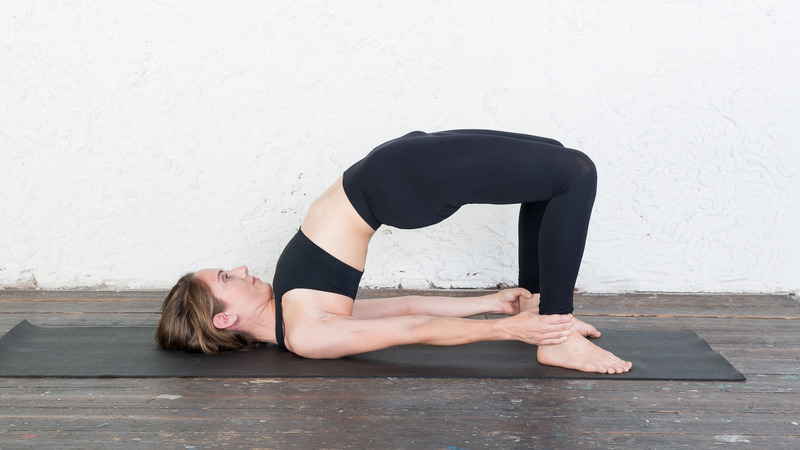
- Fish Pose (Matsyasana):
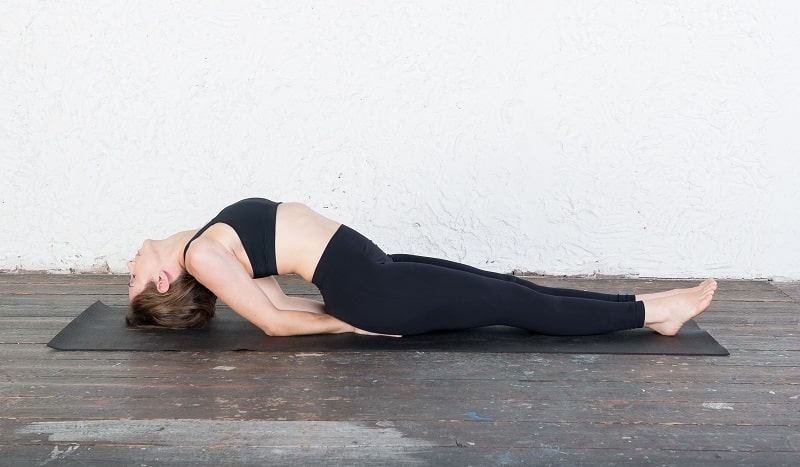
- Easy Cow Face Pose (Sukha Gomukhasana):
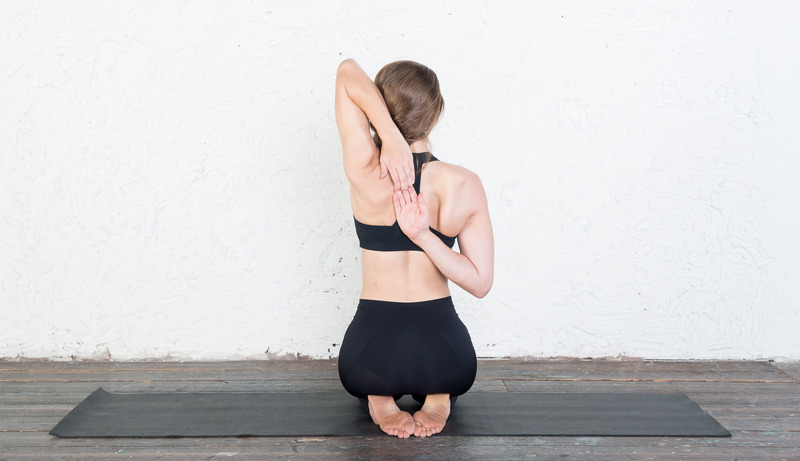
- Extended Cobra Pose (Vistrit Bhujangasana):
